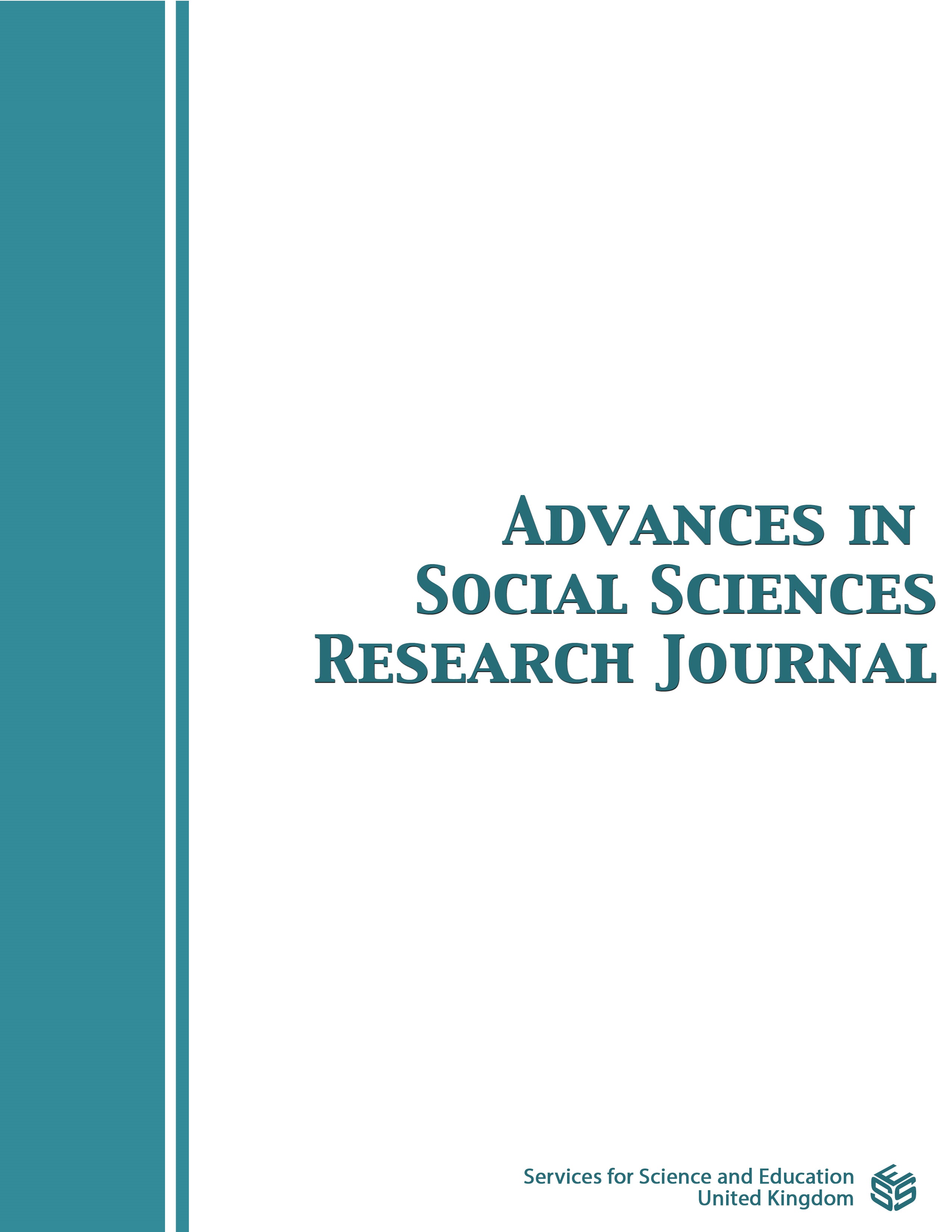The Relationship Between Coping, Trauma, Job Demand, Job Resources, and Burnout for Social Workers During the Covid-19 Pandemic
DOI:
https://doi.org/10.14738/assrj.101.13868Abstract
One of the primary concerns of not-for-profit organizations is the exceptionally high turnover rates due to employee burnout. During widespread health crises such as the novel coronavirus 2019 (covid-19), the demand for the general public to access not-for-profit services usually surges. In such cases, social workers must work around the clock under strict guidelines with no breaks to assist those who are experiencing various crises in their lives. The purpose of this quantitative multiple linear regression study was to investigate how social workers’ job demand and job resources during a pandemic, specifically during the covid-19 pandemic, impacted their burnout experience working in not-for-profit organizations. The resulting data indicated a significant, negative linear relationship between covid-19 coping ratings and burnout. As individuals increased their coping strategies, the average level of burnout decreased. Likewise, as individuals reported higher levels of self-efficacy and job autonomy, the average level of burnout dropped. There was also a positive linear relationship between covid-19 trauma ratings and burnout. As individuals reported higher trauma, the average level of burnout also increased. Similarly, as individuals reported negative workload and negative client contact, the average level of burnout also increased.
Downloads
Published
How to Cite
Issue
Section
License
Copyright (c) 2023 Amanda Savage

This work is licensed under a Creative Commons Attribution 4.0 International License.
Authors wishing to include figures, tables, or text passages that have already been published elsewhere are required to obtain permission from the copyright owner(s) for both the print and online format and to include evidence that such permission has been granted when submitting their papers. Any material received without such evidence will be assumed to originate from the authors.






